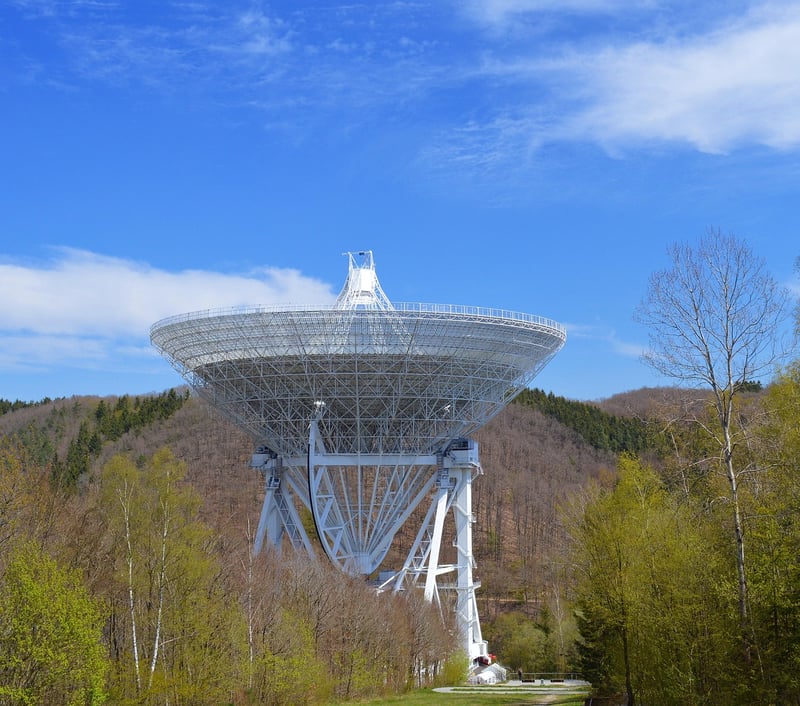Habitable Worlds
The Quest for Life Beyond Earth: Exploring Habitable Worlds

As humans gaze up at the stars, the question that often arises is whether we are alone in the vast cosmos. The search for life beyond Earth, particularly on habitable worlds, has captivated scientists and dreamers alike for centuries.
What Makes a World Habitable?
To find life as we know it, scientists focus on planets within the habitable zone of a star. This zone, also known as the Goldilocks zone, is where conditions are just right for liquid water to exist on the planet's surface – a crucial ingredient for life as we understand it.
The Search for Exoplanets
With advancements in technology, astronomers have discovered thousands of exoplanets outside our solar system. By studying these distant worlds, scientists hope to find signatures of habitability, such as the presence of water vapor or methane in a planet's atmosphere.
Life in Extreme Environments
While Earth-like conditions are ideal, life on other planets may thrive in extreme environments. From acidic lakes to icy moons, organisms known as extremophiles showcase the adaptability of life forms in the cosmos.
The Role of Space Missions
Space agencies like NASA and ESA have launched missions to explore potentially habitable worlds within our solar system and beyond. Missions like the Mars rovers and the upcoming James Webb Space Telescope aim to unlock the mysteries of distant worlds.
Looking to the Future
As technology advances and our understanding of astrobiology deepens, the quest for life in the cosmos continues to evolve. Whether we discover microbial life on Mars or detect biosignatures on a distant exoplanet, each step brings us closer to answering humanity's age-old question – are we alone?
Join us on this cosmic journey as we explore the wonders of the universe and the possibility of life beyond Earth.
